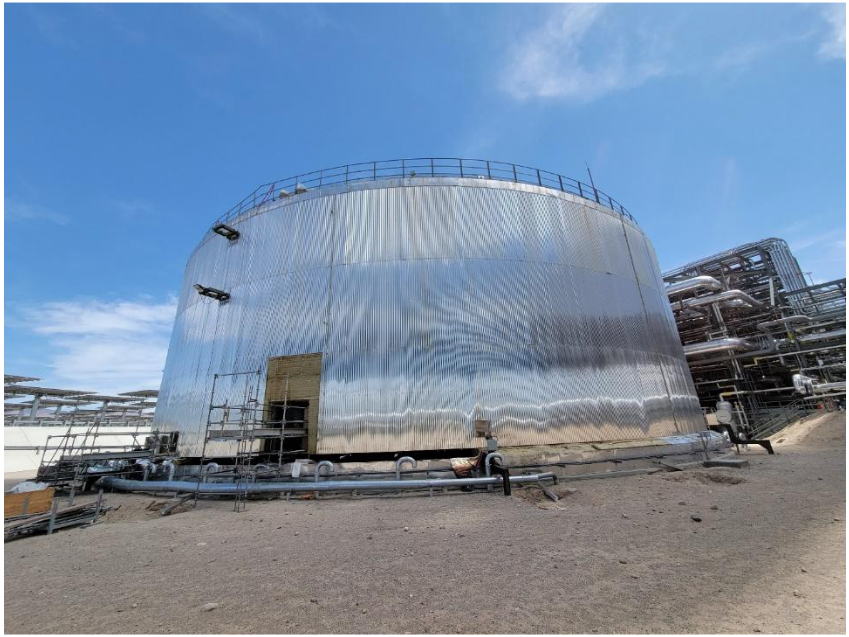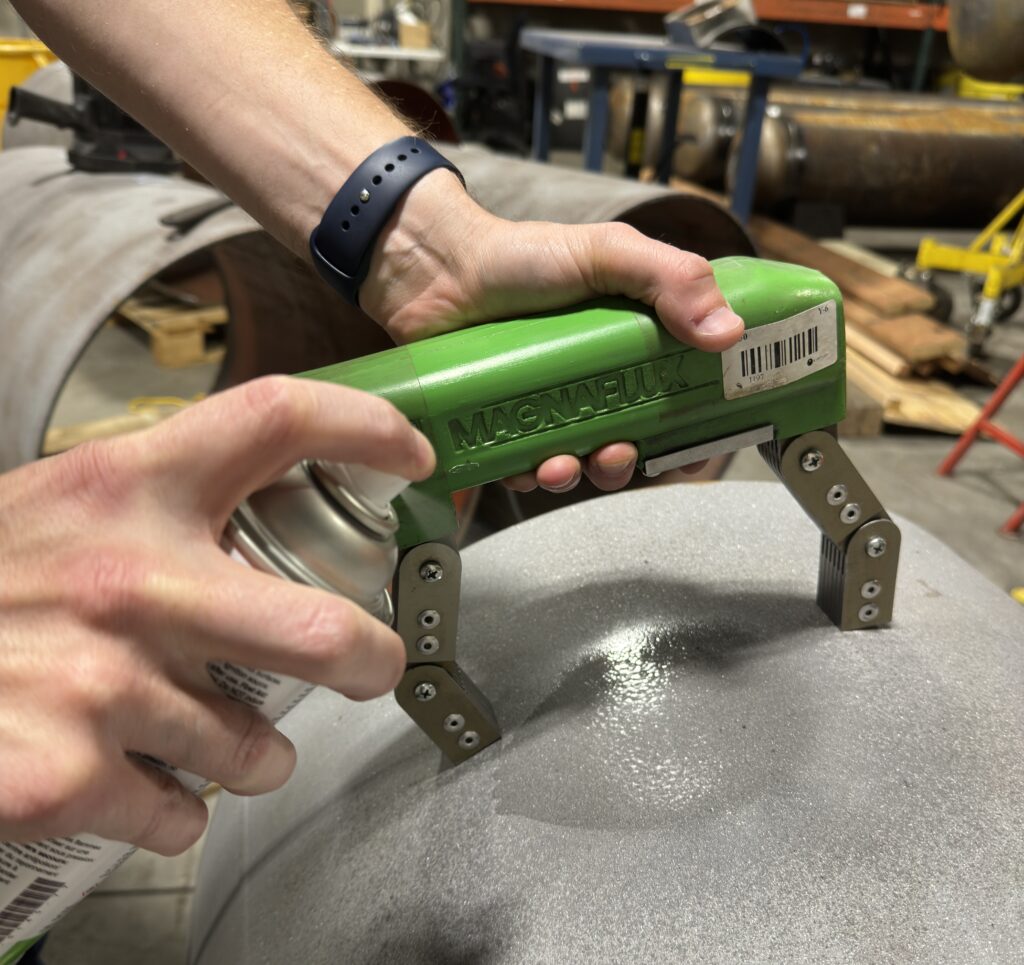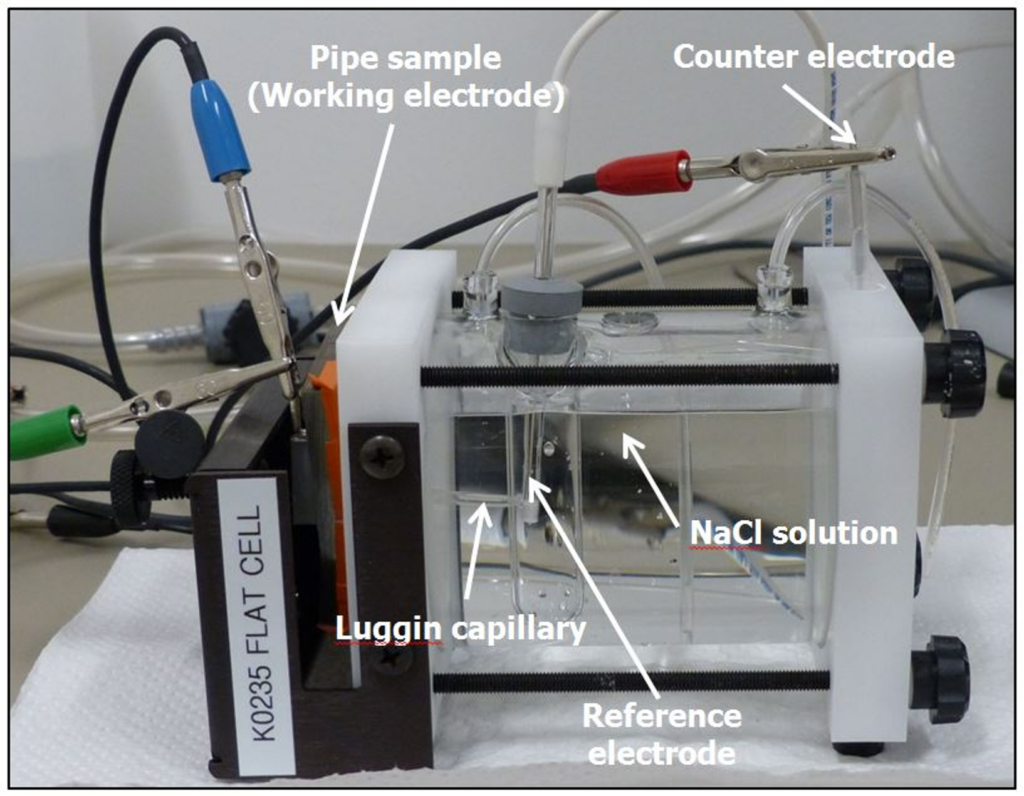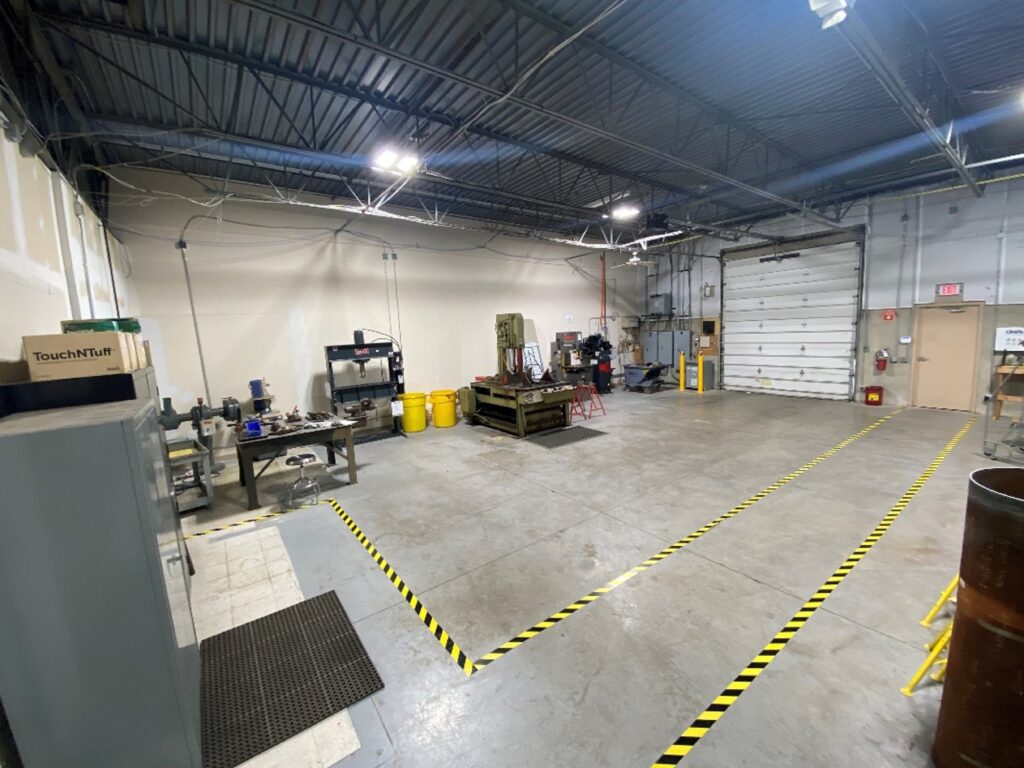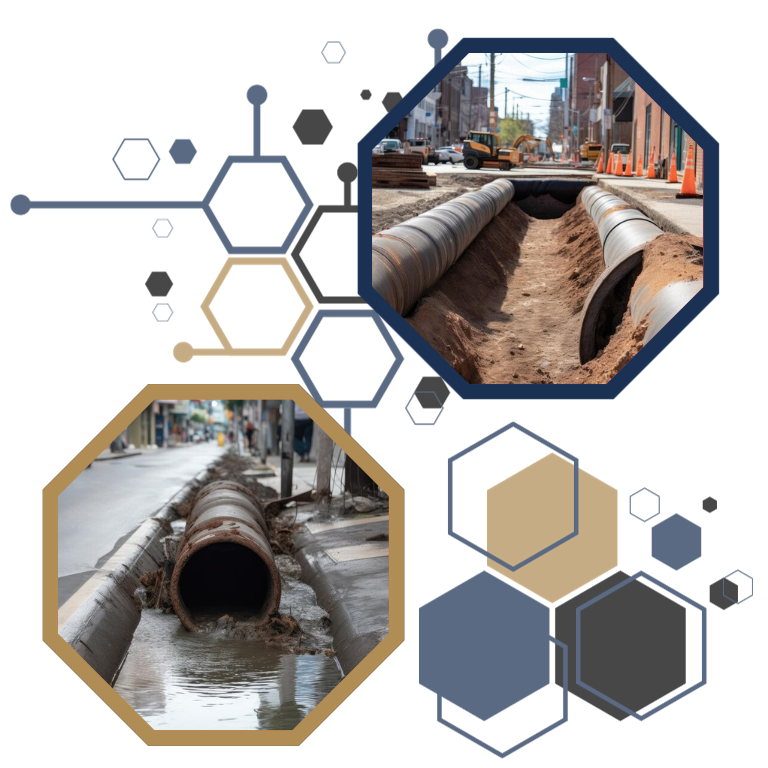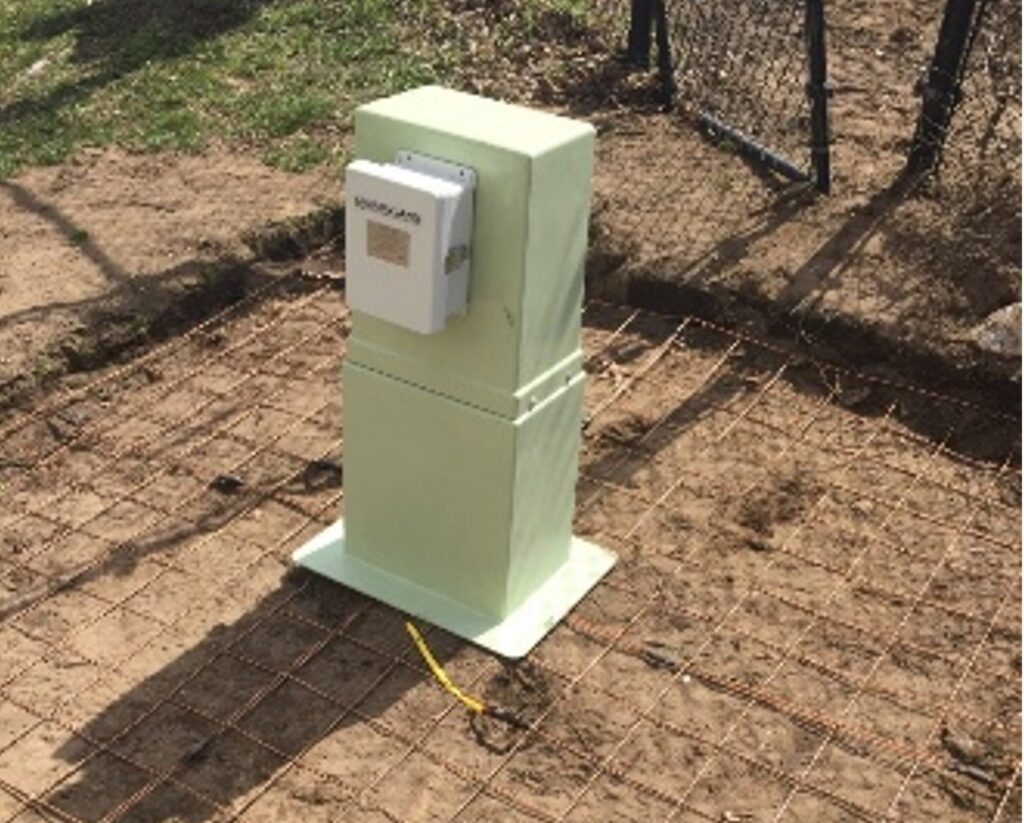Zahra Lotfian, PhD, PE
Zahra Lotfian, PhD, PE Senior Engineer II Dr. Zahra Lotfian earned her PhD in Computational Mechanics and MS in Structural Engineering from the State University of New York at Buffalo. Before joining Kiefner in 2019, she worked for ExxonMobil Upstream Research Company in Spring, TX, and Princeton University as a Research Associate. Dr. Lotfian has […]
Zahra Lotfian, PhD, PE Read More »


